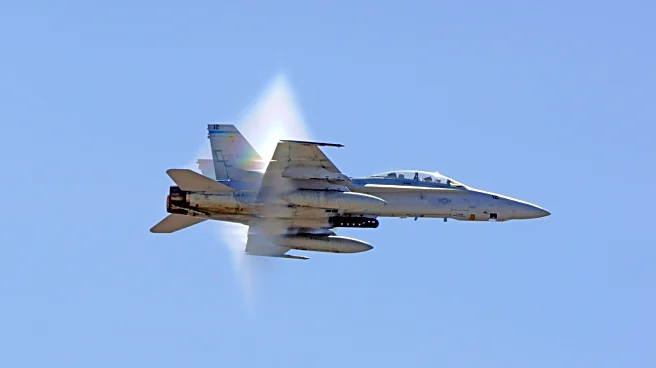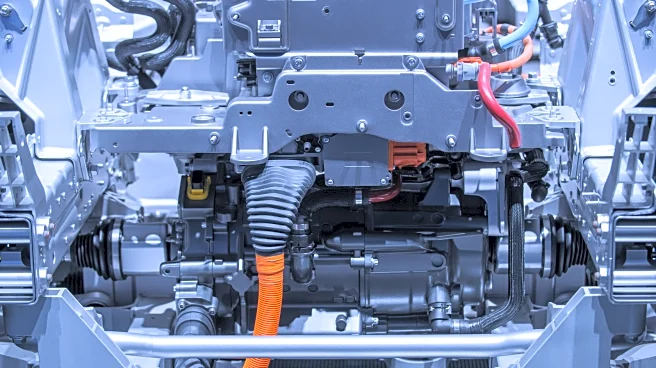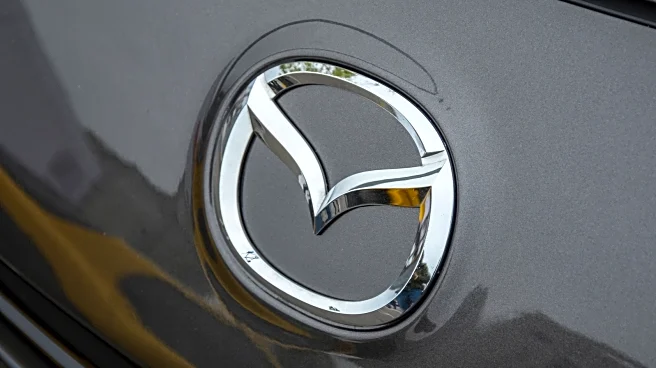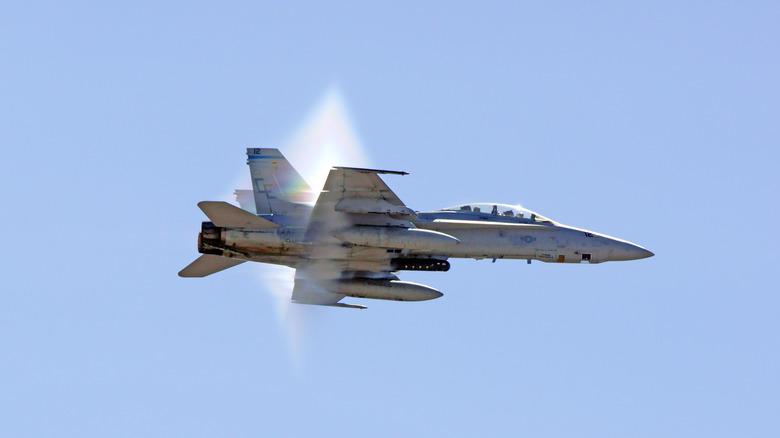
When legendary pilot Chuck Yeager broke the sound barrier and flew the Bell X-1 past Mach 1 in 1947, it was the greatest aviation milestone ever achieved at that time. These days, however, reaching Mach 1 is common practice in aviation. What people don't realize, though, is that while Mach 1 is the speed at which an aircraft reaches the speed of sound, it's not a fixed speed. The key thing here is that the speed of sound changes relative to the temperature and density of the air you are flying through.
At sea level this is around 330 meters per second or 767 miles per hour. But at higher altitudes Mach 1 can be considerably slower than at sea level.
"Breaking the sound barrier" sounds dramatic because, for decades, it was made to seem that way by movies and media. But the name is misleading. There's no invisible "barrier" waiting to shatter like pane of glass or something. Modern aircraft cruise past Mach 1 as if it were a Sunday stroll in the park. In truth, there's no actual "barrier" in the physical sense. The only thing really noticeable about it is a number ticking over on a gauge.
People inside the plane say that crossing Mach 1 is somewhat uneventful, which is the most surprising part of it all. All of the stories, whether they are about a fighter pilot in a jet or a Concorde passenger with a glass of champagne in hand, say that nothing changed at all. A small digital readout that quietly tells you when you've outrun sound itself is often the only clue.
Read more: 12 WD-40 Hacks You'll Wish You Knew Sooner
The Numbers Behind Mach 1
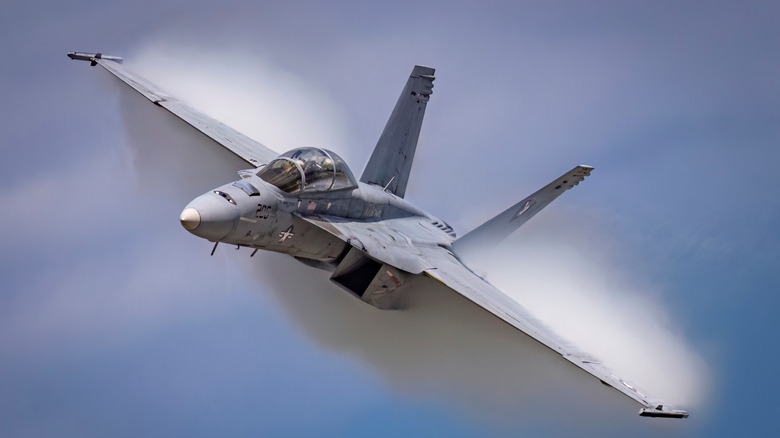
Mach number sounds fancy, but it's just a ratio: your speed divided by the speed of sound in whatever air you're flying through. You need to go about 767 mph at sea level on a warm day. You can break Mach 1 at much lower speeds of around 660 mph when you're flying at high altitudes due to the air being cold and thin. This is one of the reasons why supersonic passenger jets like the Concorde could fly at Mach 2 while making it feel like a normal flight.
The sonic boom is the loud crack you hear when the sound barrier is broken by an aircraft going faster than the speed of sound. This occurs when a plane moves faster than the pressure waves it makes, resulting in those waves building up into a shockwave. The wildest part of all this? The incredibly loud noise we hear on the ground isn't heard in the plane, as they're travelling faster than the speed of sound. You won't hear the boom at all inside the cockpit or cabin.
One of the myths of supersonic flight and breaking the sound barrier is that there is a violent kick as it happens, which is not true. It makes sense when you think about it, given that designers of these planes strive to make the flights as smooth as possible through aerodynamics and pressurized cabins. The change from subsonic to supersonic reportedly feels like any other steady cruise, which is why so many passengers say the milestone is more impressive to tell people about than to actually experience.
What Pilots And Passengers Say About Going Supersonic
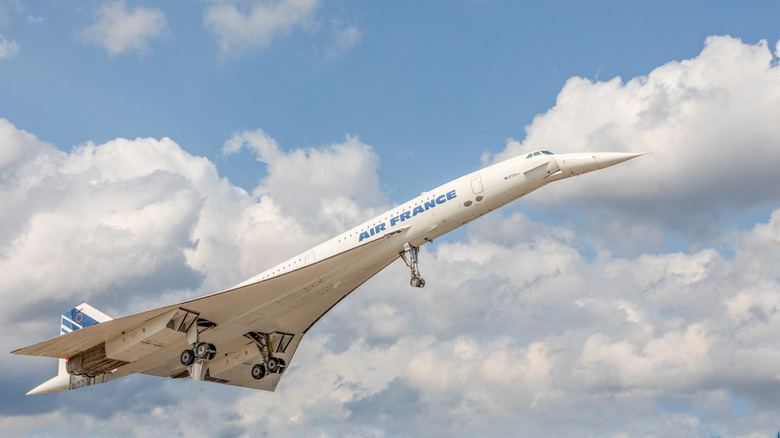
Lourdes Maurice, a retired FAA expert who flew on Concorde, the failed supersonic jet, in 1998, said it best: "Without the display to show us we were flying supersonically, I wouldn't have known..." There was no turbulence. She told Boom Supersonic, "We knew we were flying faster than sound, but our bodies didn't tell us."
Others remember the lead-up more than the moment itself. Jennifer Coutts Clay, a Concorde passenger and designer, described takeoff to The Points Guy as "like you were going up like a rocket towards space." By cruise altitude, though, the experience turned silky-smooth. The only drama came from the cabin screen as the numbers flicked from 0.99 to 1.00, then beyond. Vanity Fair captured passengers squealing in delight at that change, a ripple of celebration for something they couldn't physically feel.
In the end, crossing Mach 1 is less about what you feel in your seat and more about what you realize in your head: you're moving faster than sound, and you barely had to lift a finger.
Want the latest in tech and auto trends? Subscribe to our free newsletter for the latest headlines, expert guides, and how-to tips, one email at a time.
Read the original article on SlashGear.
